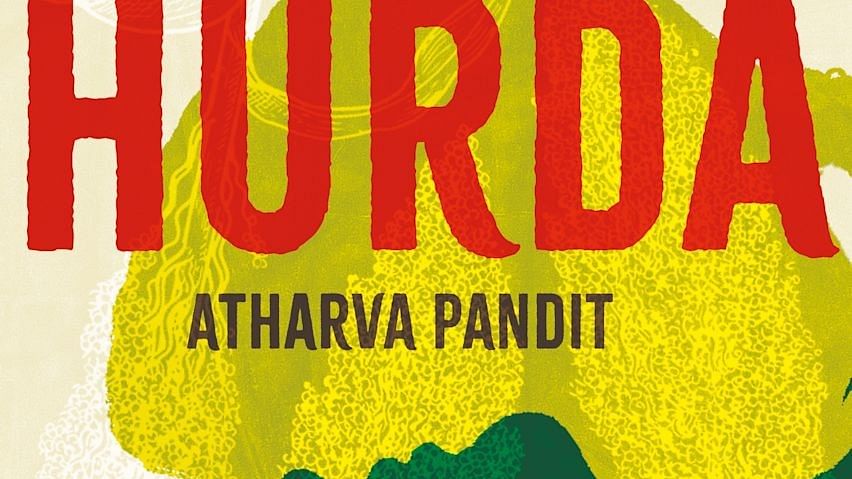
Hurda cover
By arrangement
Ever so often there is distressing news of girls found dead in small-town India. It follows a set pattern. The reports almost always say that the cause of death is yet to be established; it could be due to suicide, murder or an accident. Places that the urban dweller pays scant attention to like Badaun or Hathras suddenly dominate the news cycle. The press, politicians and all the other usual suspects make a beeline to the place. There is much hue and cry. After a while though, all goes silent, and the victims are forgotten.
But how do events play out in the place where such incidents happen and how does life go on in the wake of such a tragedy? Atharva Pandit’s striking debut deals with questions such as these. This book could be a companion piece to Sonia Faleiro’s non-fiction work, The Good Girls. Both examine the circumstances surrounding the death of girls. There is an almost forensic quality to the writing in both. In shining a light on dark corners, they also manage to illuminate and inform in a larger sense.
Hurda is a layered book. On the surface, it is about three sisters living in Murwani, Maharashtra, who go missing and are later found dead. They belong to a blighted family around whom rumours swirl, causing the villagers to keep their distance. As the news spreads like wildfire, journalists come in droves. One of them makes one hasty visit in the aftermath of the incident, then returns to the spot six years later. Ostensibly his second trip is because he wants to write a book called Hurda on what transpired, the author cleverly slipping in a meta-reference just there. This event is then smartly used to underline other age-old issues.
The entrenched misogyny that prevails is subtly brought out. It reveals itself in the way various people remember the eldest girl wearing a ‘tight green top’. Implied is that old canard that with her inappropriate clothes and behaviour, she ‘asked’ for what happened to her. Women are shown to have no agency and are inevitably hard done by. There is also a general air of apathy that is all-pervasive, and very damaging. A family is rendered as outcasts by a whole village. Petty politics plays out. Local goons wield an inordinate influence over the village.
The book lays bare the shoddy, indifferent way a crime is investigated in these parts. The police come with their own baggage, a lot of it personal. They have a uniform, but no real authority. They are not so invested in solving the crime. There is always somebody higher up pulling the strings. Whatever conclusions are reached are mostly suspect. A person from a minority community is conveniently made the prime accused. The case is closed. Justice is rarely served.
So much for the police. As for the journalist in this story, he is portrayed as a cynical, exploitative, self-serving hack who does hardly any honest on-the-ground investigative reporting. His treatment of a local woman makes him just as vile as those in the village who may have abused the sisters. His proclamations thus ring hollow.
The other thought-provoking part is how the story deals with what happens when the dust settles on such incidents. People forget. And as shown here, even people who live in the area forget. Everybody moves on. Everybody has reasons to. What remains ambiguous and even murky is the nature of the crime. There is no clarity on whether it was a crime, accident or suicide. If it was a crime, was the accused really guilty or just been scapegoated? After a point, it seems nobody really cares.
The book, inspired by a real-life tragedy, is not a whodunit. This is no taut thriller either. We are given information at various points as to who could have committed the crime but there is no conclusive evidence. There are different intersecting voices giving their version of the events which deftly serves the purpose of carrying the story forward. It is, however, a book that takes a searing look at the systemic rot that allows such deaths to happen. The greater tragedy it alludes to is that some people are rendered so small by their plight that their death causes merely a ripple before the waters close over them.